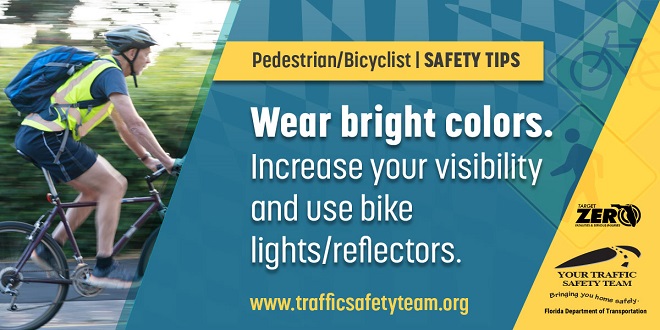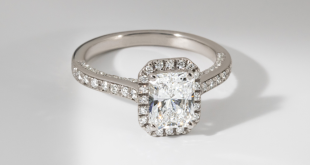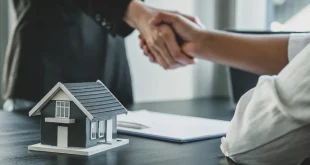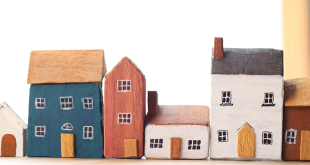As one might expect, the cyclist is the most likely to be harmed in an accident between a vehicle and a bicycle. This is why it is important to know bicycle safety guidelines and traffic rules, such as correctly fitting your helmet and driving defensively and predictably. Learn what you can do to help reduce bicycle fatalities and injury rates, and remember that a huge number of crashes can be prevented if motorists and cyclists respect the rules of the road and keep an eye out for one another. Get a free consultation from an experienced pedestrian accident attorney today for more information.
Bicycle safety
Americans are increasingly riding bicycles for transportation, exercise, and recreation. Bicycles on the road are considered vehicles by law, with the same rights and obligations as motorized vehicles. The NHTSA’s bicycle safety initiatives encourage bicyclists and drivers to make better choices to prevent deaths and injuries on our roadways.
Helmets
Every bicycle ride begins with the placement of a helmet. But it is also necessary to get the right fit so your helmet can protect you properly.
Manufacturers’ sizes can differ. To properly fit a helmet, follow the steps given by the manufacturer. Getting the right helmet fit may take some effort, but your life is worth it. It is usually easier to adjust the straps by looking in the mirror or having someone else do it. The Bicycle Helmet Safety Institute (BHSI) website has the most detailed list of helmet sizes according to manufacturers.
Avoiding crashes
There are two categories of accidents: the most common (falls) and the most dangerous (vehicle accidents). Regardless of the cause of the accident, prevention is the primary objective. There are steps you may take to reduce your chances of a collision.
Ride responsibly, and remember that bicycles on the road must follow the same regulations and obligations as motorists.
Be prepared before you head out.
- Use a bicycle that fits you; it will be difficult to handle if it is too big.
- Ride a bike that functions properly – it does not matter how great you ride if your brakes fail.
- Use protective and visible equipment, such as a bike helmet, reflective gear, bright clothing (during the day), white front light, red rear light, and reflectors on your bike (at night or when visibility is poor).
- Unless signaling a turn, ride with both hands on the handlebars, and only ride one per seat.
- All supplies should be carried in a backpack or attached to the back of the bike.






